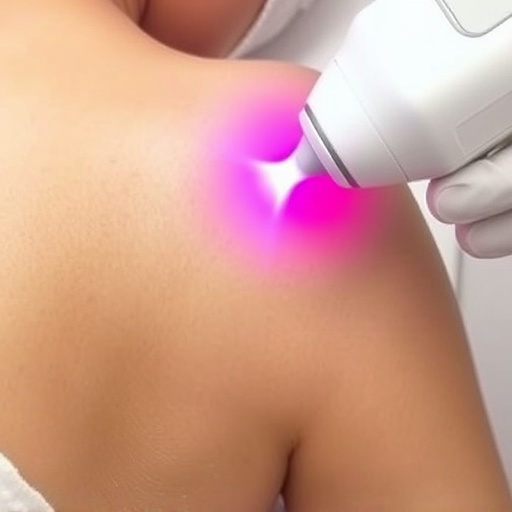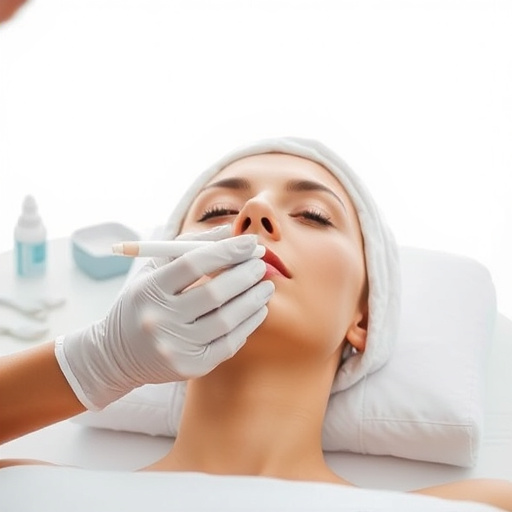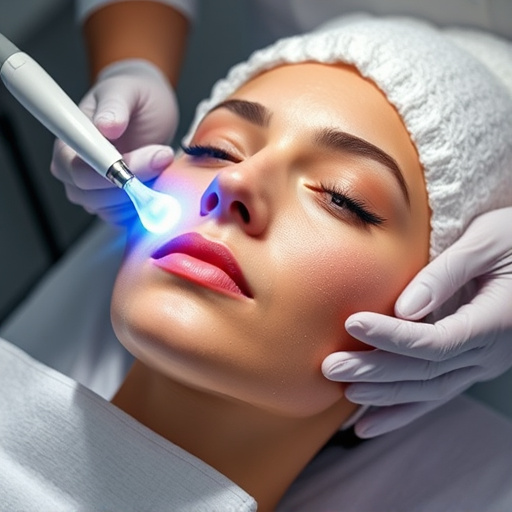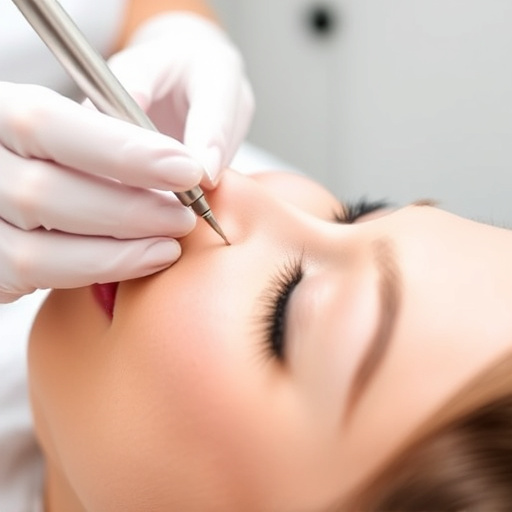Lactic acid peels are gentle yet effective skincare treatments for achieving even skin tone and improved texture. They exfoliate dead cells, fade hyperpigmentation, reduce fine lines, and enhance complexion, suitable for various skin types including sensitive skin. Professional application offers customizable intensity levels to address different concerns like acne scars and wrinkles, with proper pre- and post-treatment care ensuring safe and optimal results.
Uneven skin tone can be a concern for many, but Lactic Acid Peels offer a gentle yet effective solution. This article delves into the world of lactic acid peels as a treatment option, exploring their benefits and various types available. We’ll guide you through the process, from understanding the science behind lactic acid peels to providing practical tips on application and precautions. Discover how this skincare game-changer can help achieve a more even and radiant complexion.
- Understanding Lactic Acid Peels for Skin Tone Treatment
- Benefits and Types of Lactic Acid Peels
- Application, Precautions, and Expected Results
Understanding Lactic Acid Peels for Skin Tone Treatment
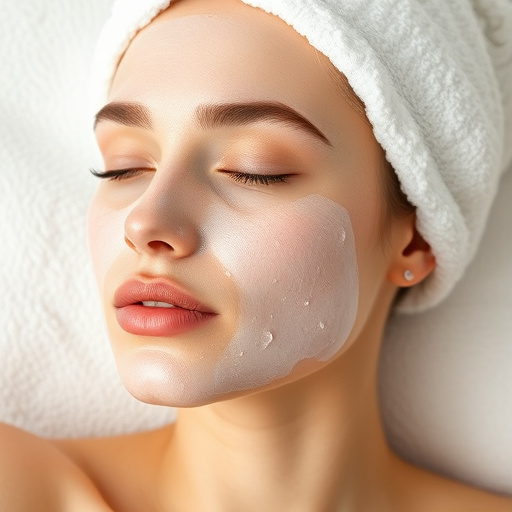
Lactic acid peels are a popular choice for achieving an even skin tone and improving overall skin texture. This chemical exfoliant is known for its ability to gently slough away dead skin cells, revealing smoother, brighter, and more uniform skin. Understanding how lactic acid works is key to recognizing its potential benefits for uneven skin tone treatment. Derived from milk sugar, lactic acid is a mild yet potent alpha hydroxy acid (AHA) that naturally hydrates and soothes the skin while promoting cell turnover.
Unlike some harsher chemical peels, lactic acid peels are suitable for various skin types, including sensitive skin. They offer a non-invasive approach to skincare, providing results similar to more intense treatments like body contouring or customized facials. By regularly incorporating lactic acid into your skincare routine, you can gradually fade hyperpigmentation and reduce the appearance of fine lines and wrinkles, leading to a radiant, even complexion.
Benefits and Types of Lactic Acid Peels

Lactic acid peels offer a gentle yet effective approach to achieving a radiant and even complexion. One of the key benefits is their ability to exfoliate dead skin cells, promoting healthier and more luminous skin. This process reveals brighter, smoother skin beneath, resulting in a noticeable improvement in skin tone and texture. Lactic acid, derived from milk sugar, is a gentle alpha hydroxy acid (AHA) that works by dissolving the bonds between dead skin cells, allowing for their easy removal.
There are several types of lactic acid peels, each offering different levels of intensity. Superficial peels are ideal for mild skin concerns, providing a gentle exfoliation to enhance skin texture and tone. Medium-depth peels go deeper, targeting fine lines and wrinkles while still maintaining the skin’s integrity. For more severe conditions, deep lactic acid peels can offer dramatic results but require professional administration due to their potency. These peels can address hyperpigmentation, acne scars, and rough skin textures, making them a popular choice for those seeking long-lasting improvements in skin health. When considering any peel treatment, consulting a dermatologist is essential to determine the most suitable lactic acid peel for your specific needs, whether it’s for even skin tone or other aesthetic goals like laser hair removal or microneedling therapy.
Application, Precautions, and Expected Results

Application:
Lactic acid peels are typically performed by dermatologists or skincare professionals. During the procedure, a solution containing lactic acid is applied to the skin, often combined with other active ingredients like glycolic acid or salicylic acid to enhance its effect. The peel can range from mild to moderate in intensity, depending on your skin’s needs and tolerance. After application, the area may feel slightly warm or tingling, but this subsides quickly. It’s crucial to follow post-treatment instructions diligently, including using prescribed skincare products and avoiding direct sun exposure.
Precautions and Expected Results:
Before undergoing a lactic acid peel, disclose any medical conditions or ongoing treatments with your practitioner. As with any chemical peel, there are precautions to observe, such as avoiding retinol use beforehand and steering clear of the procedure if you have active acne or certain skin infections. The expected results include improved texture, reduced appearance of fine lines and wrinkles, and a more even skin tone over time. However, it’s important to remember that individual outcomes may vary based on factors like skin type, age, and previous sun exposure.
Lactic acid peels offer a gentle yet effective solution for achieving an even skin tone. By exfoliating dead skin cells and promoting cell turnover, these peels can help reduce hyperpigmentation and sun damage, revealing a brighter, more uniform complexion. When performed by a licensed professional, lactic acid peels are a safe and popular choice for those seeking a natural, non-invasive skincare treatment. Remember, consistent skincare routines and proper sun protection are essential to maintaining the results of your peel and ensuring healthy, radiant skin.








